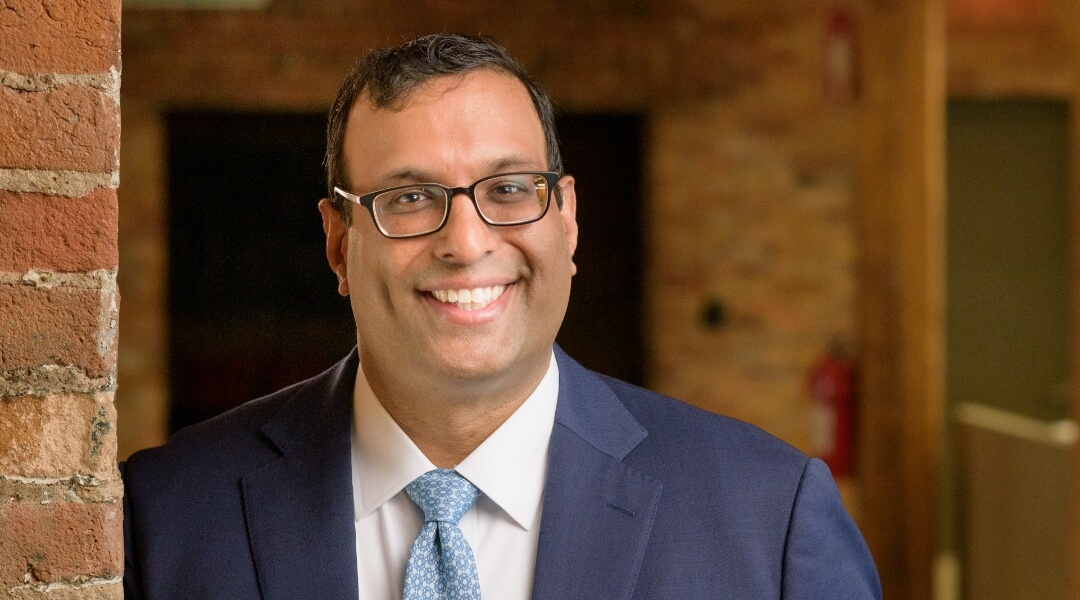Confronted by endemic uncertainty, organizations need to improve the speed – and the quality – of their decisions.
An imposing red telephone in front of you bursts into life. The mysterious voice on the other end is that of the banker, who asks: Deal, or no deal?
The successful UK TV show Deal or No Deal, which recently returned to screens, attracted millions of viewers in its heyday through an intoxicating cocktail based around a central dilemma. Contestants were forced to make decisions in uncertainty: take the sum of money offered by the banker, or hold out in hopes of a bigger prize as the game progressed – and risk going home empty-handed.
The struggle to make an important decision based on limited information may make for engrossing TV, but in the real world, it can be frustrating, anxiety inducing and energy-sapping for decision-makers and teams alike.
But lengthy decision-making cycles aren’t just annoying: they can have materially adverse consequences on commercial performance. A strong body of research shows that businesses that make faster decisions outperform their peers. It makes sense that firms which can make quick decisions in response to new technologies and trends have an edge on their competitors. In a climate of looming recessions, political volatility, armed conflict and generational shifts in technology power and capabilities, a late decision can be just as bad as the wrong one.
So, if efficient decision-making is so important, why do so many businesses struggle to achieve decision velocity? And how, if at all, can an organization make decisions quickly, without compromising quality?
Six practices for better decisions
Improved decision-making starts with a point that may be obvious, but is critically important. Businesses don’t make decisions – people do. Any decision is laced with everything from physiological responses to uncertainty, to emotions, past experiences, incentives, fears, hopes and relationships. Organizations need to create an environment that – as far as possible – reduces uncertainty and social strife. In my experience, businesses that solve for both process and the social-emotional side of decision-making deliver the biggest impact. Creating the right environment does not require an enterprise re-structure, but the intentional application of a few central practices.
1. Be clear on decision rights
Identify the key decisions in a given process and clearly articulate who holds what role in that decision. Various models are available with a quick web search. If you can be clear on who can decide, override and be the final resolver for any given decision, your people will be in a good place to move faster.
This doesn’t mean only ever having one person in the hot seat. Sometimes, reaching consensus or employing a decision-making committee is the right option. But don’t make that the default. Be intentional – and be clear about the resolution pathway if consensus can’t be reached.
2. Promote clarity of context
Given the number of decisions that leaders have to make, a standardized decision-making process may do more harm than good. Different types of decisions require different processes, people, information standards and expectations. Decision rights, data points and levels of formality should all be relative to the nature and context of the decision: routine or not? Cross functional or siloed? Easy to reverse or hard? Large impact or small? Whatever the factors in play, be clear on the expected process, but also leave room for judgment calls by people who best understand the context.
3. Foster the right response to being wrong
The risk of losing your job because of a bad decision can make each decision feel monumental, particularly when a mortgage and family is on your mind. The fear of downside consequences fans the emotional flames of uncertainty and can drive all sorts of negative behaviors.
Like the hospital that published medical mistakes on a noticeboard so that others could learn and avoid the same errors, leaders should share learnings from ‘bad outcomes’. Be sure to positively reinforce the individual or group’s approach where a good – that is, well-made – decision resulted in a bad outcome, too. Leaders who punish bad outcomes, rather than badly-made decisions, can quickly create a culture of fear in which action grinds to a halt.
4. Cultivate conflict
People sometimes complain that their organizations are too conflict-averse, where the real issues aren’t discussed, or leaders prefer corridor conversations over ‘having it out’ in the meeting room. In my experience, this isn’t a business problem so much as a human problem – our brains are hard-wired for group acceptance and many social norms discourage conflict.
Healthy conflict among decision makers should be cultivated. Be clear on individual and group accountabilities, and set expectations and standards about how to disagree well. Teams that actively lean in to conflict not only make faster decisions, they get better outcomes.
5. Know when to stop
Deal or No Deal is a classic example of the explore-exploit problem: should you keep searching for a bigger prize or take the deal on offer? Each new move in the game reduces uncertainty – but may also result in a worse outcome. Executives are faced with a similar dilemma when making decisions under uncertainty: make an irreversible call based on what you know right now, or keep looking for more data points? The all-too-human bias to reduce uncertainty means that leaders often opt for the latter. The downside manifests in rising time costs – a major risk when a late decision can be worse than a wrong one. Combat this tendency by articulating the type and fidelity of information that would be satisfactory for a decision, and hold leaders to account for going beyond those standards.
6. Agility is better than speed
While decision speed is clearly important, enterprise agility should be the real goal. Agility describes an organization’s ability to detect and respond to opportunities and threats quickly, and in a specific and targeted way. It requires investment to uplift organizational architecture and execution pathways as well as decision speed. For example, an organization that can rapidly experiment with a new product in market, with low transaction costs, in a specific and intentional way (such as among a small number of segmented customers) has a very different decision to make about launching the product, compared to one that is forced to make an ‘all or nothing’ call.
Adopted well, these approaches should have a positive impact on decision-making speed and effectiveness. However, they are no substitute for the cultivation of interpersonal trust, mutual respect and intelligent executive teams, which remain the cornerstone of effective and efficient decision making. Yes, organizations can often improve their decision processes and culture – but that counts for little if it doesn’t have the right people in the key leadership roles.



